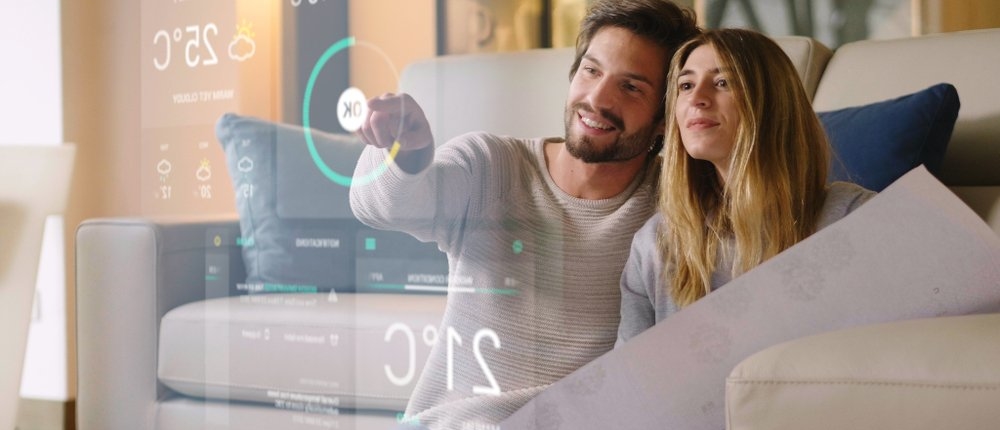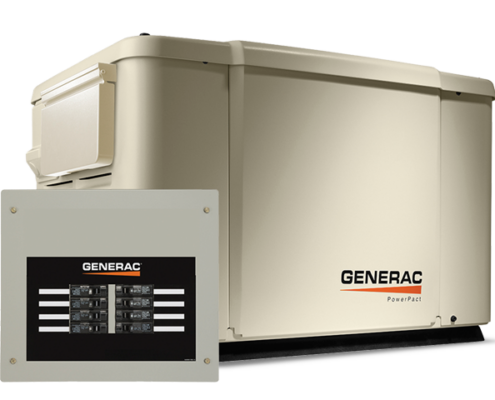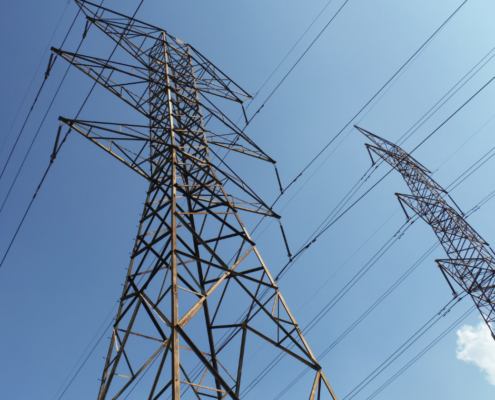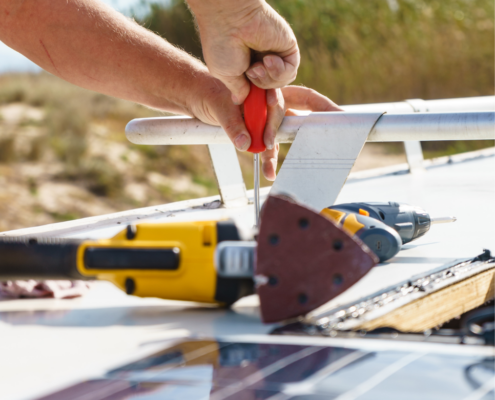Last Updated on May 22, 2022 by Mary Pressler
How Artificial Intelligence Can Improve Electric Meters
As a homeowner, you are likely interested in reducing your monthly power bills. However, knowing how much electricity is used by each appliance is difficult, and upgrading all your home devices represents a very large expense. Energy companies measure your total consumption in kilowatt-hours, but they do not gather information on how each device uses electricity.
The average home in Texas uses around 14,000 kWh per year, and the resulting cost is $1,540 at the average electricity price of 11 cents/kWh. However, general information is of little use when you want to upgrade specific home devices to save energy.
By knowing how your power consumption is broken down, you can focus on upgrading the least efficient equipment first. This strategy maximizes the energy savings per dollar invested, shortening your payback period.
How Businesses Select Their Energy Efficiency Measures
You can estimate the electricity consumption of each home device based on wattage and operating hours, but this is just an approximation. Also, the calculation process becomes more complex and tedious as the number of appliances in the analysis is increased.
When businesses want to cut their electricity and gas bills, they first pay an energy audit to identify the best measures. Energy consultants use specialized tools like energy modeling software, thermal imaging cameras and power quality analyzers to get a detailed breakdown of how building systems use energy. Then, they can specify energy efficiency measures with an estimated budget and payback period.
An energy audit is too expensive for most households, unless the property is a large mansion. When homeowners upgrade appliances to save energy, their purchase decisions are often based on the typical savings advertised by manufacturers. However, since each property is unique, the actual savings can be very different. Consider the following example:
- An LED lamp vendor may advertise energy savings of 80%, compared with an incandescent bulb.
- However, incandescent bulbs have been largely phased out and the savings are smaller when upgrading compact fluorescent lamps (CFL). If you replace a CFL with an LED bulb, you will likely save around 30-40%.
- Upgrading from CFL to LED is cost-effective, but you will not reach the 80% savings described by the lamp vendor.
When upgrading home appliances to save energy, homeowners often follow a trial and error approach. Some upgrades are cost-effective, while others have little or no impact on light bills. Better decisions are possible with detailed information on how each appliance uses energy, and artificial intelligence is a powerful tool when analyzing consumption.
Using Machine Learning in Power Meters
Modern AI systems can learn by themselves, and this has numerous applications. For example, when AI is used in smart electricity metering, it can “learn” the electricity consumption patterns of different devices.
These patterns are invisible for a human, but a computer can identify them by monitoring electrical variables like voltage, current and power.
- As a simplified example, assume a storage area only has lighting fixtures and refrigeration equipment.
- When the lamps are on, they have a constant electricity consumption.
- On the other hand, refrigeration compressors cycle on and off.
When the total electricity consumption is measured, lighting and refrigeration costs are counted together. However, a smart meter with AI can analyze data to break down consumption: a constant load is associated with lighting, while a cycling load is associated with refrigeration.
When both loads are present at once, the smart power meter can separate consumption into lighting loads and refrigeration loads.
Breaking down energy consumption with AI is more complex in actual buildings, since there are many more devices in addition to lighting fixtures and refrigeration equipment. However, the basic principle holds: AI can analyze the power consumption for each device individually, and data is broken down when many devices are used simultaneously.
This concept is called “energy disaggregation”, and it is very promising in the power industry. By deploying power meters with AI capabilities, electric companies can break down electricity consumption for each consumer. Instead of getting a basic electricity bill with total consumption, homeowners can know the cost of running each appliance. This provides added value, since electricity consumers can know exactly which devices have the largest impact on power bills.










